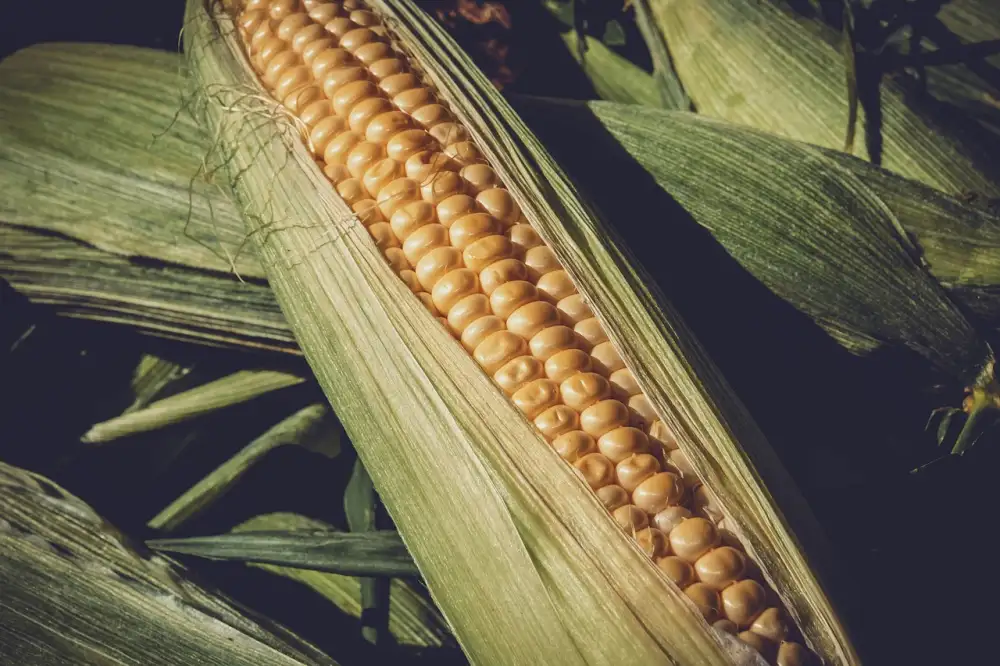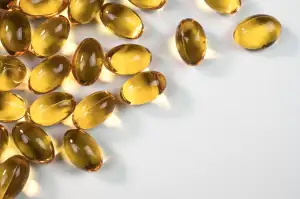Unlocking the Mystery of Eating Corn Starch: Exploring Pica and Its Health Implications

- Understanding pica: What is it and why does it occur?
- The potential health risks of consuming corn starch
- Nutritional value of corn starch: Is it beneficial or harmful?
- Coping strategies for individuals with pica and alternatives to eating corn starch
- Seeking professional help: When to consult a healthcare provider
Eating corn starch, a common ingredient found in many culinary recipes, may seem harmless. However, for some individuals, consuming corn starch goes beyond its intended use and becomes a compulsion known as pica. Pica is characterized by the persistent craving and consumption of non-food substances. Corn starch is often chosen due to its easily accessible nature and appealing texture. In this article, we will delve into the phenomenon of pica and explore its potential health implications.
Understanding pica: What is it and why does it occur?
Pica is a disorder characterized by the persistent craving and consumption of non-nutritive substances, such as corn starch. It is often associated with nutritional deficiencies, pregnancy, and certain mental health conditions. The exact cause of pica remains unknown, but it may be linked to cultural, psychological, or physiological factors. Understanding the underlying reasons for pica can help us develop effective strategies to address this unusual eating behavior.
The potential health risks of consuming corn starch
Consuming corn starch can pose potential health risks, especially when done excessively or in large quantities. One of the main concerns is the risk of nutrient deficiencies. Corn starch lacks essential vitamins, minerals, and fiber that are crucial for maintaining a balanced diet. Relying on it as a primary source of nutrition can lead to malnourishment and weakened immune function.
Additionally, excessive consumption of corn starch can cause digestive issues such as bloating, constipation, and abdominal pain. This is because corn starch is a complex carbohydrate that is difficult for the body to digest properly. It may also contribute to weight gain and increase the risk of developing conditions like diabetes and heart disease.
Furthermore, eating large amounts of corn starch can lead to an imbalance in blood sugar levels. This can result in energy crashes, mood swings, and cravings for more starchy foods. It is important to note that individuals with certain medical conditions such as celiac disease or gluten intolerance should avoid consuming corn starch due to its gluten content.
Overall, while small amounts of corn starch may not be harmful, excessive consumption can have negative health implications. It is essential to maintain a well-rounded diet that includes a variety of nutrient-rich foods to ensure optimal health and prevent any potential risks associated with consuming corn starch.
Nutritional value of corn starch: Is it beneficial or harmful?
Corn starch is primarily composed of carbohydrates and contains no significant amounts of protein, fat, vitamins, or minerals. While it does provide energy, it lacks the essential nutrients needed for a balanced diet. Consuming large quantities of corn starch can lead to nutrient deficiencies and imbalances in the body. Additionally, corn starch is high in calories and can contribute to weight gain if consumed in excess. Therefore, from a nutritional standpoint, eating corn starch is considered more harmful than beneficial.
Coping strategies for individuals with pica and alternatives to eating corn starch
Coping strategies for individuals with pica include finding alternative ways to satisfy the cravings for non-food items like corn starch. One option is to substitute corn starch with healthier alternatives such as rice flour or arrowroot powder, which can be used in cooking and baking. Engaging in distracting activities, such as hobbies or exercise, can also help redirect the focus away from the cravings. Additionally, seeking support from friends, family, or support groups can provide a safe space to discuss feelings and find encouragement in managing pica.
Seeking professional help: When to consult a healthcare provider
If you or someone you know is struggling with pica and the consumption of corn starch, it is important to seek professional help. Consulting a healthcare provider can provide valuable guidance and support in managing this condition. They can conduct a thorough evaluation to determine the underlying causes of pica and develop an appropriate treatment plan. Additionally, they can monitor your health and address any potential complications that may arise from consuming corn starch. Remember, seeking professional help is an essential step towards promoting overall well-being and maintaining a healthy relationship with food.
In conclusion, it is important to promote a healthy relationship with food and address the issue of pica. While eating corn starch may seem harmless to some, it can have serious health implications. Understanding the underlying causes of pica and providing coping strategies are crucial in helping individuals overcome this condition.
Encouraging individuals with pica to seek professional help is essential. Healthcare providers can offer guidance, support, and appropriate treatment options. It is vital to address any nutritional deficiencies or other underlying medical conditions that may be contributing to the development of pica.
Ultimately, promoting education and awareness about pica can help reduce its prevalence. By fostering a better understanding of this condition and providing alternative ways to satisfy cravings, we can support individuals in making healthier choices for their overall well-being. Let us strive towards a society where every individual has a positive and nourishing relationship with food.
Published: 11. 01. 2024
Category: Health



